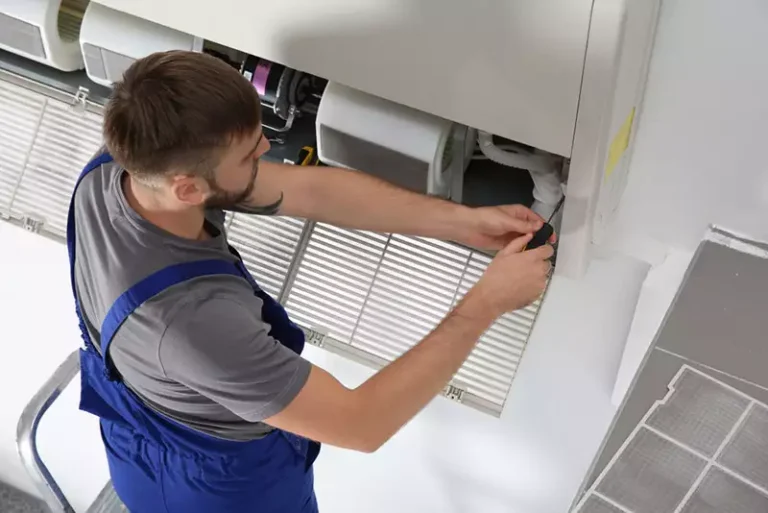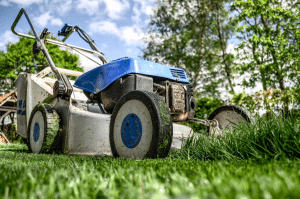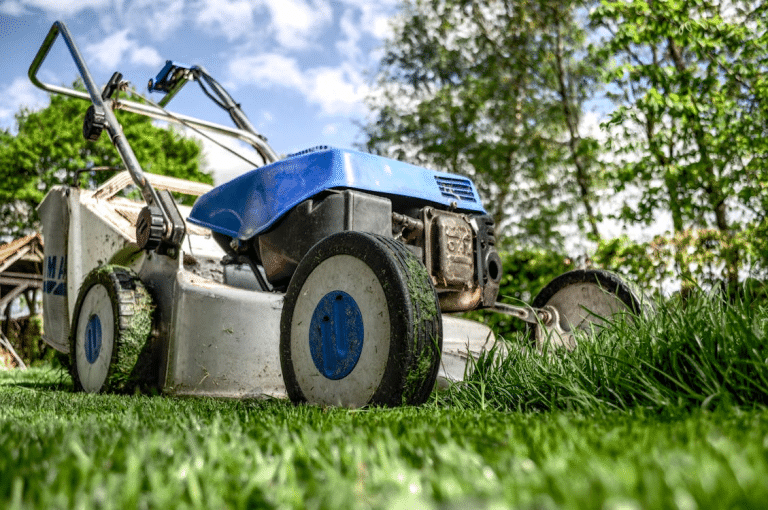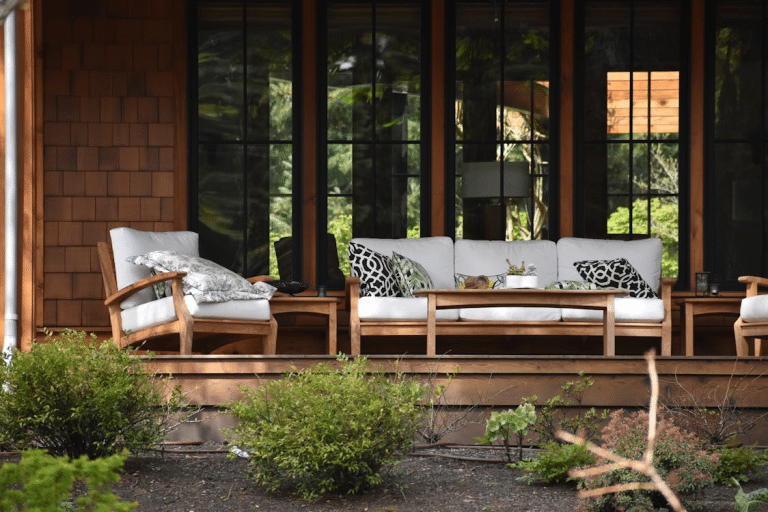When most homeowners think about seasonal maintenance, they picture mowing lawns, pruning shrubs, or preparing garden beds for the next growing season. HVAC tune-ups, whether part of routine care or after a recent HVAC Installation, tend to fall further down the to-do list, and some tasks are skipped altogether. Yet missing these seemingly small steps can have big consequences.
Not only do neglected tune-ups impact energy efficiency and comfort inside your home, but they can also affect the balance of humidity and temperature that many houseplants and garden zones depend on.
In this article, we will look at the HVAC maintenance tasks homeowners often overlook, the risks they create for efficiency and indoor environments, and how these issues extend to plant zones and healthy living spaces. Relax and read to the end, and see how regular care ensures no critical tune-up is missed.
Why Seasonal HVAC Tune-Ups Matter?
HVAC systems are built to run quietly in the background, but that reliability depends on regular care. Seasonal tune-ups keep air conditioners, furnaces, and heat pumps operating at peak performance, even during the most demanding weather conditions. When maintenance is delayed, the equipment works harder than it should, resulting in higher energy bills and unnecessary wear.
There is another side homeowners do not always consider. Indoor comfort is directly tied to humidity, ventilation, and consistent temperatures. Skipping maintenance allows dust, mold spores, and allergens to circulate through your ducts and into your living space.
For anyone with allergies or asthma, this can be a constant irritant. And for indoor plants, unstable humidity or poorly balanced air circulation can mean stressed leaves and reduced growth.
Common Tune-Ups Homeowners Forget
Every season has its checklist, but there are a few key tasks that often slip through the cracks. These are not complicated steps, yet missing them can compromise your system’s performance and the comfort of your home.
- Air filter replacement: Filters clog quickly, especially during peak heating and cooling months. A dirty filter reduces airflow, strains the blower motor, and lets dust circulate through the home.
- Coil cleaning: Both the evaporator and condenser coils attract dirt and debris. When this layer builds up, the system cannot transfer heat efficiently, leading to longer run times and higher costs.
- Duct inspection: Small leaks in ducts waste significant energy. They allow cooled or heated air to escape, leaving some rooms uncomfortable while forcing the system to run longer.
- Refrigerant checks: Low refrigerant levels prevent the air conditioner from cooling properly and can eventually damage the compressor.
- Thermostat calibration: If your thermostat is not reading temperatures accurately, the system cycles at the wrong times, increasing energy use and creating uneven conditions.
These skipped tasks may seem minor at first glance, but over time, they create a chain reaction of inefficiency, discomfort, and higher repair bills.
Risks of Skipping Maintenance
Energy efficiency is the first casualty when HVAC tune-ups are missed. Dust buildup on coils or clogged filters means the system has to run longer to reach the set temperature. That translates directly into higher utility bills.
The strain does not stop there. Motors, belts, and electrical components wear out faster when the system is forced to work harder. This increases the likelihood of sudden breakdowns, often during the hottest or coldest days when the equipment is under maximum stress.
Indoor air quality also suffers. Without proper cleaning and inspection, dust, pet dander, and mold spores accumulate inside ductwork. These particles are then distributed throughout your home, aggravating respiratory conditions and making it harder to maintain a clean environment. For homeowners who keep indoor plants, the same contaminants can coat leaves and interfere with healthy growth.
The Plant Zone Connection
Plants thrive in stable environments. Just as USDA hardiness zones help gardeners understand outdoor climate suitability, indoor conditions play a similar role for houseplants and greenhouse setups. When an HVAC system is not tuned up, it can throw off that delicate balance.
Excessive dryness from leaky ducts or poor humidity control leads to brittle leaves and stunted growth. On the other hand, excess moisture from clogged drains or mold inside the system creates conditions for fungal growth that can harm both people and plants. Temperature swings caused by malfunctioning thermostats or uneven airflow place added stress on sensitive species.
For homeowners who invest time in indoor gardening, orchids, ferns, or tropical plants often act as a “canary in the coal mine.” If they begin to wilt or show stress, it may be a signal that the HVAC system is not maintaining consistent conditions. Seasonal tune-ups provide the balance both people and plants need to thrive.
Staying on Track with Seasonal Tune-Ups
The best way to avoid these risks is to build a routine. Homeowners who schedule preventive maintenance in both spring and fall give their systems the attention they need before heavy cooling or heating seasons begin. During these visits, professionals handle deep cleaning, testing, and adjustments that are easy to overlook during DIY care.
For those who prefer a hands-on approach, simple reminders help. Mark a calendar to replace filters every one to three months. Keep an eye on vents for weak airflow or unusual noises. Pay attention to energy bills, which often rise subtly before a breakdown occurs. And most importantly, do not ignore early warning signs like musty odors, frequent cycling, or fluctuating temperatures.
Long-Term Payoffs
Seasonal HVAC tune-ups do more than prevent problems in the short term. They extend the lifespan of the system, improve indoor air quality, and provide steady comfort year-round. Energy efficiency gains lower monthly costs, while reduced wear and tear mean fewer emergency repairs.
For homeowners with indoor plants or backyard greenhouse setups, the benefits are even more noticeable. Consistent temperatures and humidity create a stable environment for healthy growth. Instead of struggling with brittle leaves or humidity swings, plants can thrive under steady conditions supported by a well-maintained HVAC system.
On A Final Note;
Seasonal HVAC tune-ups are easy to put off, but the cost of neglect adds up quickly. Missed maintenance tasks reduce efficiency, shorten system lifespan, and compromise both indoor comfort and plant health. By making tune-ups part of your seasonal routine, you protect your investment, keep energy bills in check, and create a healthier living environment for your family and your plants.













